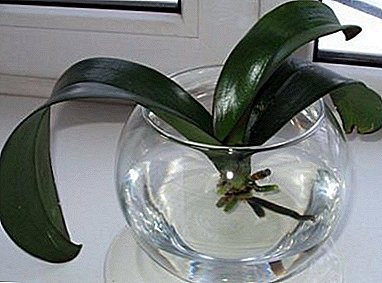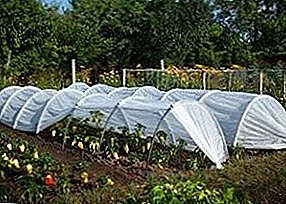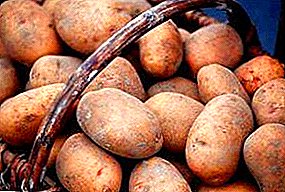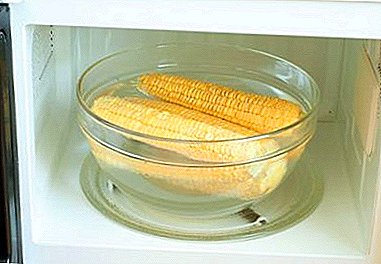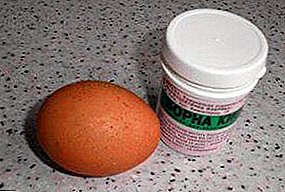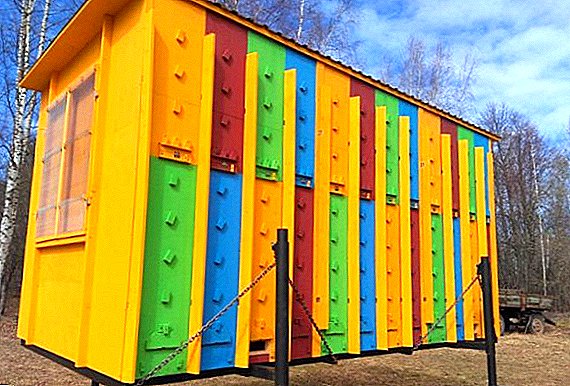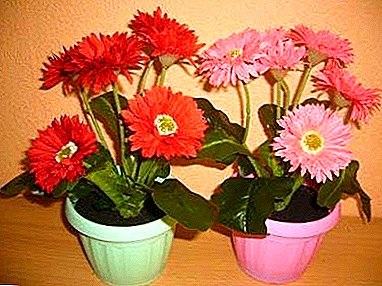
Today, the growing trend in home-growing plants, which were previously considered solely garden options, is gaining in popularity. These include a gerbera. A bright flower that creates a joyful spring atmosphere in the house.
However, it is very important to know what this beautiful flower likes, so that it can please you with its lush and bright flowering. Provide pictorial photos of potted flowers.
In this article we will describe how to properly care for it, which diseases it is most susceptible to and what measures need to be taken to reanimate the plant.
Characteristic
Perennial herbaceous plant, part of the large family of Compositae. Natural gerbera species are mostly found in Africa, partly in tropical areas of Asia. Gerbera flowers can be any color except blue..
Characterized by a plant elongated, pinnate leaves, reaching a length of about 30 cm, collected in the rosette. The lower parts of the leaf stalks of the gerbera are strongly pubescent. The height of the peduncle depends on the variety and can reach a maximum of 50 cm. Gerbera flowers are single baskets with a diameter of 5 to 25 cm. Their price in a pot varies from 200 to 370 rubles.
A photo
See further photos of potted flowers:





Rules for growing pot flower
You can grow a gerbera in a pot of seeds. When buying planting material it is very important to pay attention to the shelf life, seed germination is maintained only for eight months after harvest. On other ways of breeding gerbera and the subsequent care for her, we told in this material.
The life cycles of a gerbera in a pot can be divided into two stages:
- Rest period - Lasts from August to March. At this time, the plant is actively increasing the green mass, thereby preparing for flowering.
- Flowering period. After planting, the plant first blooms only after 9-11 months.
Fertilizing plants in a pot should be carried out exclusively with mineral fertilizers, organic complexes can harm. During the flowering period, the gerbera is fed once every three weeks with fertilizers with a high content of potassium.
Growing this plant in a pot does not constitute a special difficulty, so even a novice grower can easily organize his own mini gerbera greenhouse on the windowsill.
Where to place?
The main factor for the comfort feeling of a gerbera is good illumination.. Therefore, a suitable place for it is a room with a bright but diffused light. The duration of flowering gerbera depends on the length of daylight. To organize the plant additional lighting, you can use Fitolampa.
The room in which the plant is located must be often ventilated, while avoiding drafts. In summer, the gerbera can be transferred to the balcony or garden. In the second case, it would be best to place the flower under a spreading tree, protecting it from direct sunlight.
If a gerbera has just been brought from a nursery or store, you need to carefully inspect it for infection by pests and isolate it from the rest of the plants for a period of adaptation (about a week).
How to care for a home view?
Watering
 The soil in the pot should be constantly moderately moistened.. It is very important that in the process of watering the water does not fall on the flowers. It is best to water the gerbera along the edge of the pot or through the pan, wait until the water is fully absorbed into the soil, and drain the rest. Water for irrigation should be warm, about +20 degrees and stand for at least a day.
The soil in the pot should be constantly moderately moistened.. It is very important that in the process of watering the water does not fall on the flowers. It is best to water the gerbera along the edge of the pot or through the pan, wait until the water is fully absorbed into the soil, and drain the rest. Water for irrigation should be warm, about +20 degrees and stand for at least a day.
It is especially important not to water the flower with cold water when it is hot in the room. The contrast of soil and air temperature will affect the plant detrimental. Considering that it is impossible to spray a gerbera, to maintain comfortable growth conditions you can put a special humidifier or trays with moss and wet pebbles next to the flower.
During flowering gerbera watered oftenIn the rest period, watering is significantly reduced. It is enough to slightly moisten the soil, not allowing the earthen clod to dry. Despite the fact that the plant is moisture-loving, it is important not to overdo it with watering. Can rot roots.
Pruning
Gerbera pruning is carried out immediately after flowering. The stems of dead flowers, dry leaves and excess leaves in the rosette must be removed. The socket is thinned out to stimulate the emergence of new flowers. The gerbera does not need nip.
Important! Withered flowers and leaves break out along with the stem at the base, cutting them with a knife is not recommended.
The subtleties of home care
Compliance with the nuances in the care of the home gerbera will ensure its stable flowering and proper growth:
- Despite the fact that the plant belongs to the light-loving, an excess of lighting can lead to a stop of flowering.
- Be sure to follow the gerbera during flowering, if the buds do not form longer than three months, the reason should be sought not in a lack of lighting, but in something else.
- You should not plant a gerbera in a large pot. This will lead to the fact that the plant will put all its efforts to strengthen the root system and stop blooming.
- If you choose between cold and heat, a tropical gerbera will transfer the latter more easily. You can not often change the temperature regime - it will reduce the resistance of the flower.
For more information about the blooming of the gerbera and the proper care of it, read here.
Problems and Diseases
Gerbera can be attributed to plants with a high resistance to disease. The following diseases are dangerous for her:
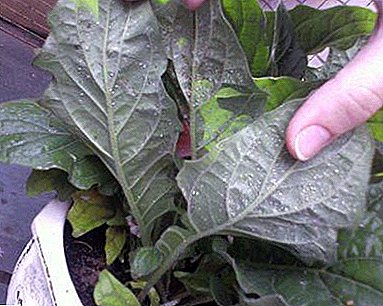 Gray rot - affects flowers, stalks and leaf bases. Visually looks like a gray bloom. Leads to the gradual death of the plant. At the first sign of the appearance of rot, fungicidal preparations should be used.
Gray rot - affects flowers, stalks and leaf bases. Visually looks like a gray bloom. Leads to the gradual death of the plant. At the first sign of the appearance of rot, fungicidal preparations should be used.- Mealy dew. The disease is particularly susceptible to young plants. Outwardly, it looks like a whitish plaque on the leaf stalks. Gradually, the fungus spreads to flowers, buds, leaves. Fungicides will help to overcome the disease.
- Late blight. Excessive watering and an overabundance of fertilizing are fraught with the occurrence of late blight. Visually, this disease will manifest itself in the form of dried leaves and fallen flowers. Root rotting will also begin. In this case, reducing the watering, partial replacement of the substrate and the use of fungicidal preparations will help save the plant.
- Aphid. Gerbera, moved in the summer to a balcony or garden, can attack aphid. To destroy the insect will help the treatment of leaves and stems with insecticides.
Attention! Do not overdry the air in the room. Gerbera can wither. Also, dry air can cause infection of plants with spider mites.
How to reanimate?
Gerbera has a very high ability to regenerate, so even if the plant in front of you is in a completely deplorable state, you can wait a little with this disorder. The following manipulations will help to revive the plant.:
- The plant should be planted in the correct soil, light and loose. With good water and breathability. The bottom of the pot needs to be laid out by drainage.
- Before planting, a thorough examination of the root system should be carried out, removing all dried and rotted roots. Healthy roots dry and powder with wood ash - this will help avoid the formation of fungi and mold.
- Planted plant spill cool softened water with the addition of growth promoters.
How to save a gerbera, if the leaves have turned yellow, you can learn from this article.
If the cultivation of the home gerbera to follow simple guidelines for care, you can see for yourself how gorgeous and abundant is the flowering of this tropical beauty.


 Gray rot - affects flowers, stalks and leaf bases. Visually looks like a gray bloom. Leads to the gradual death of the plant. At the first sign of the appearance of rot, fungicidal preparations should be used.
Gray rot - affects flowers, stalks and leaf bases. Visually looks like a gray bloom. Leads to the gradual death of the plant. At the first sign of the appearance of rot, fungicidal preparations should be used.